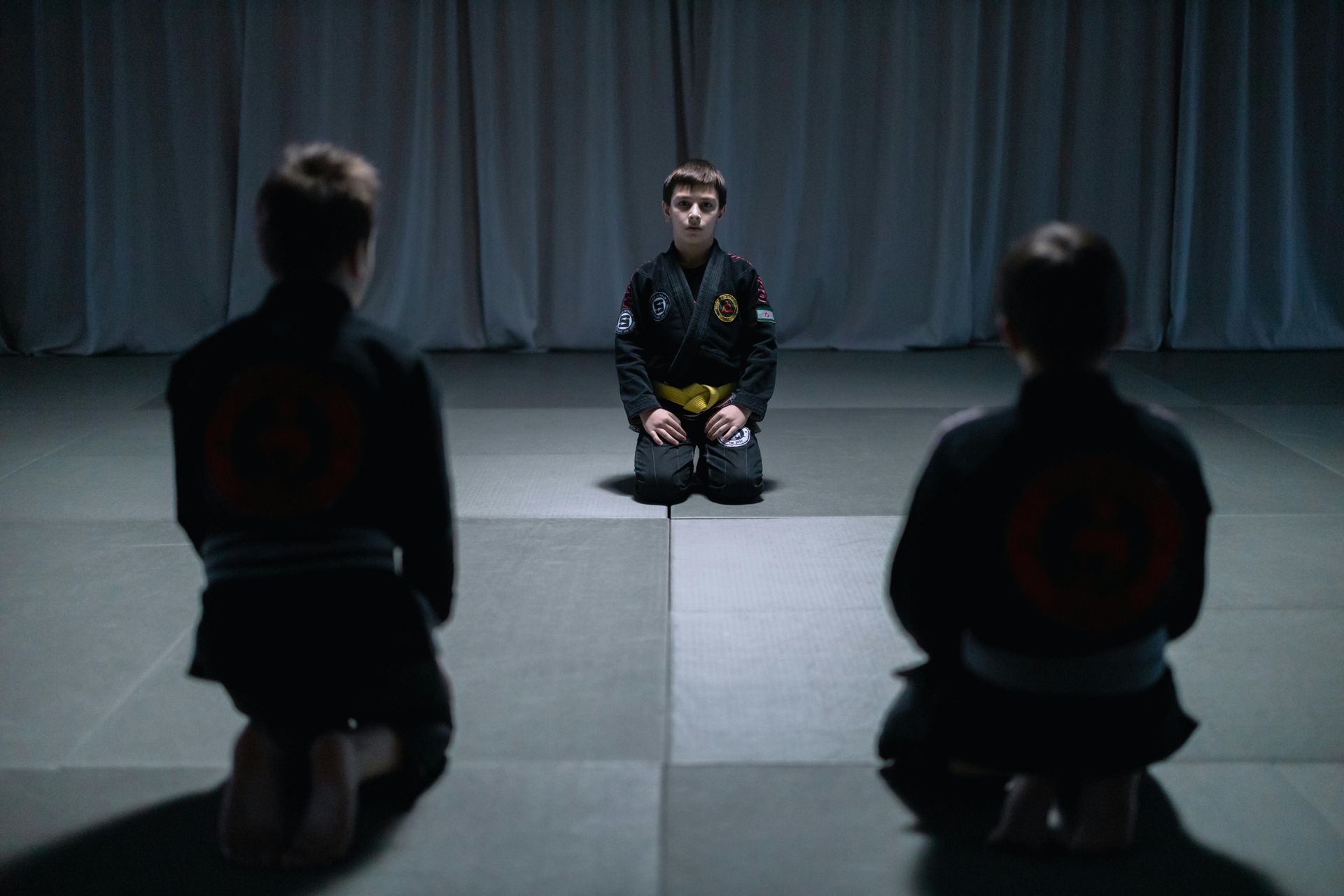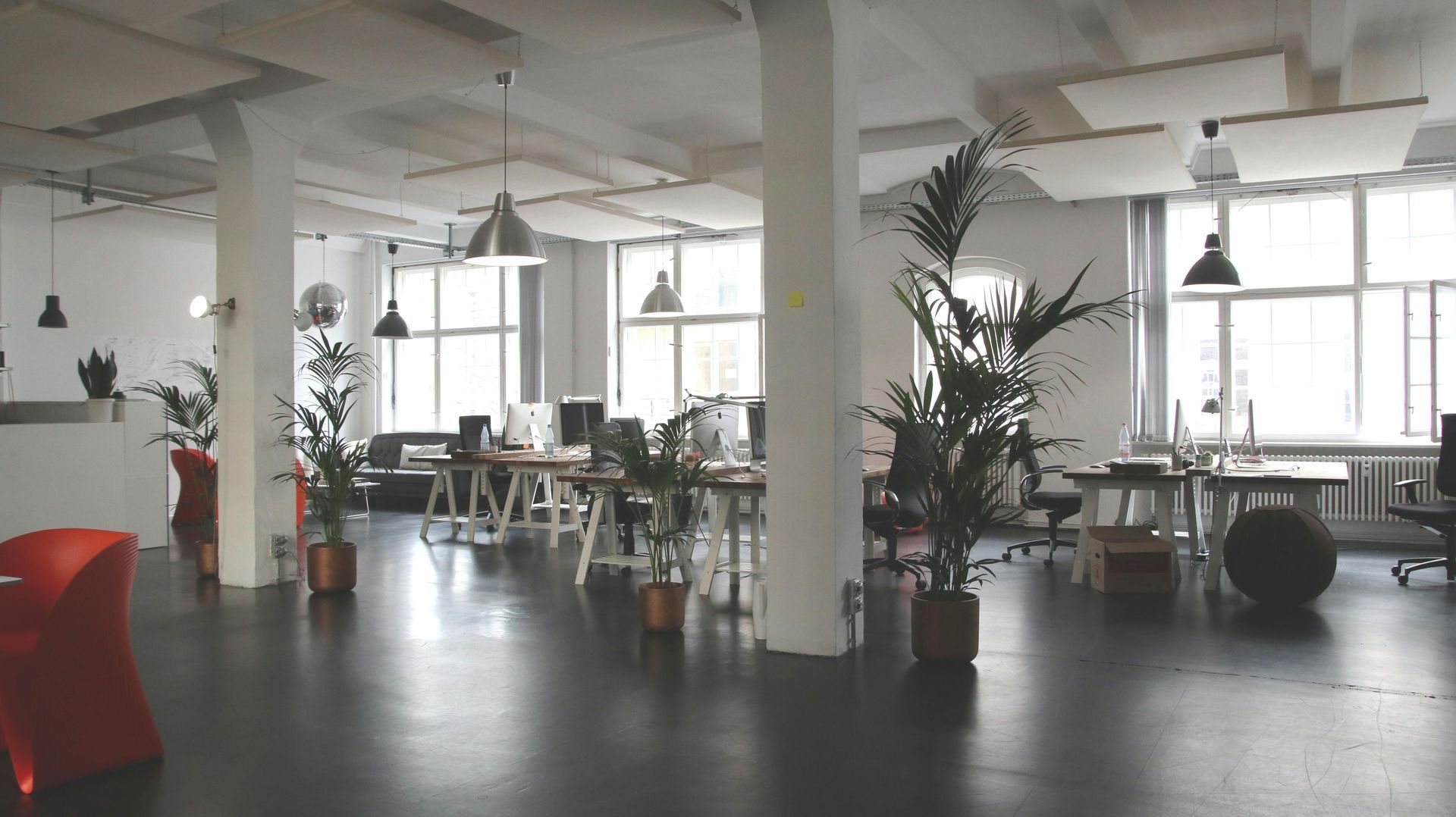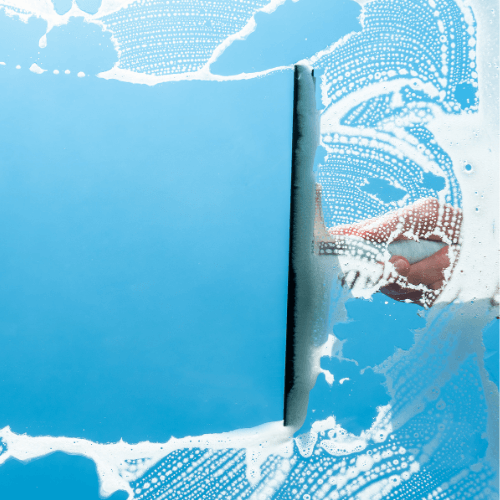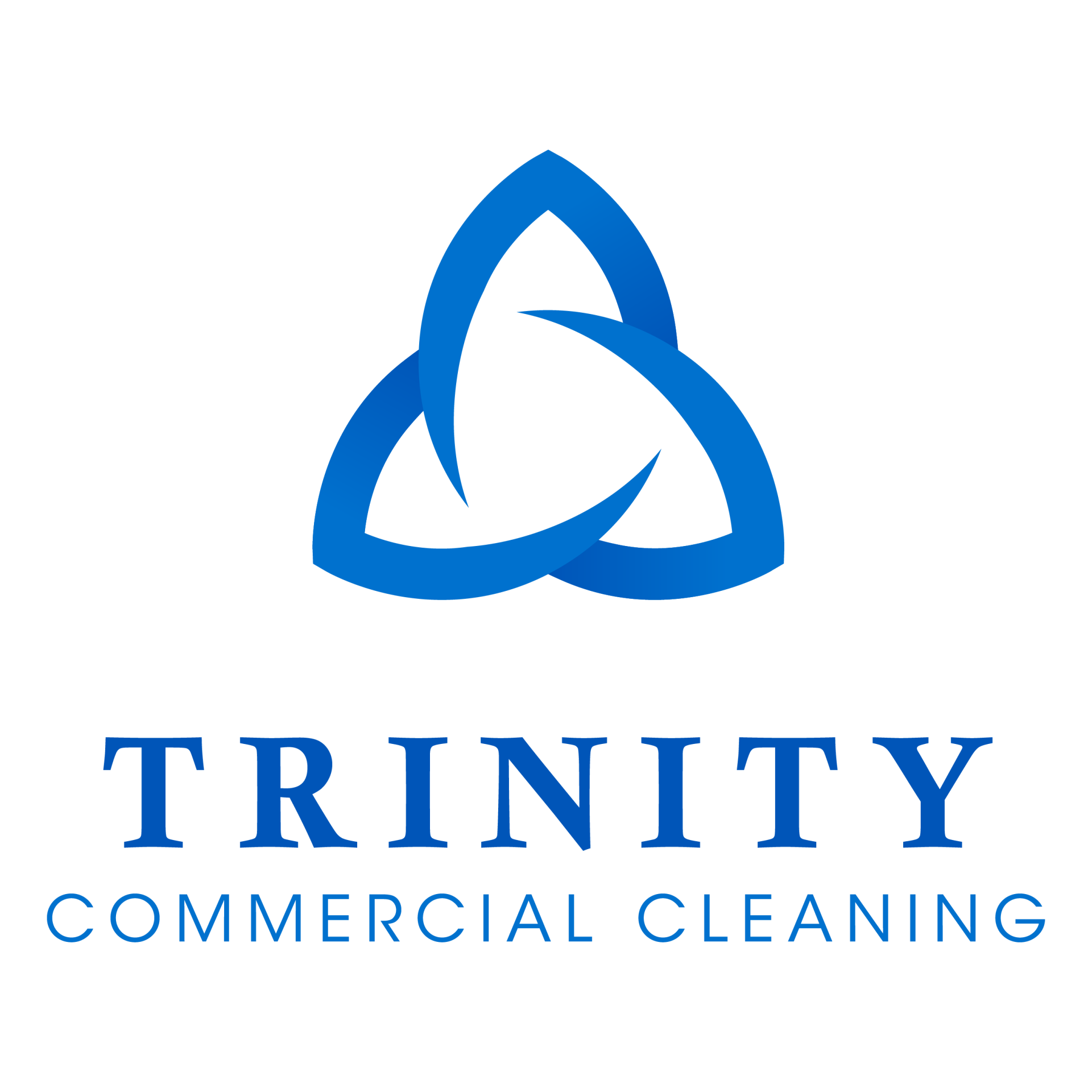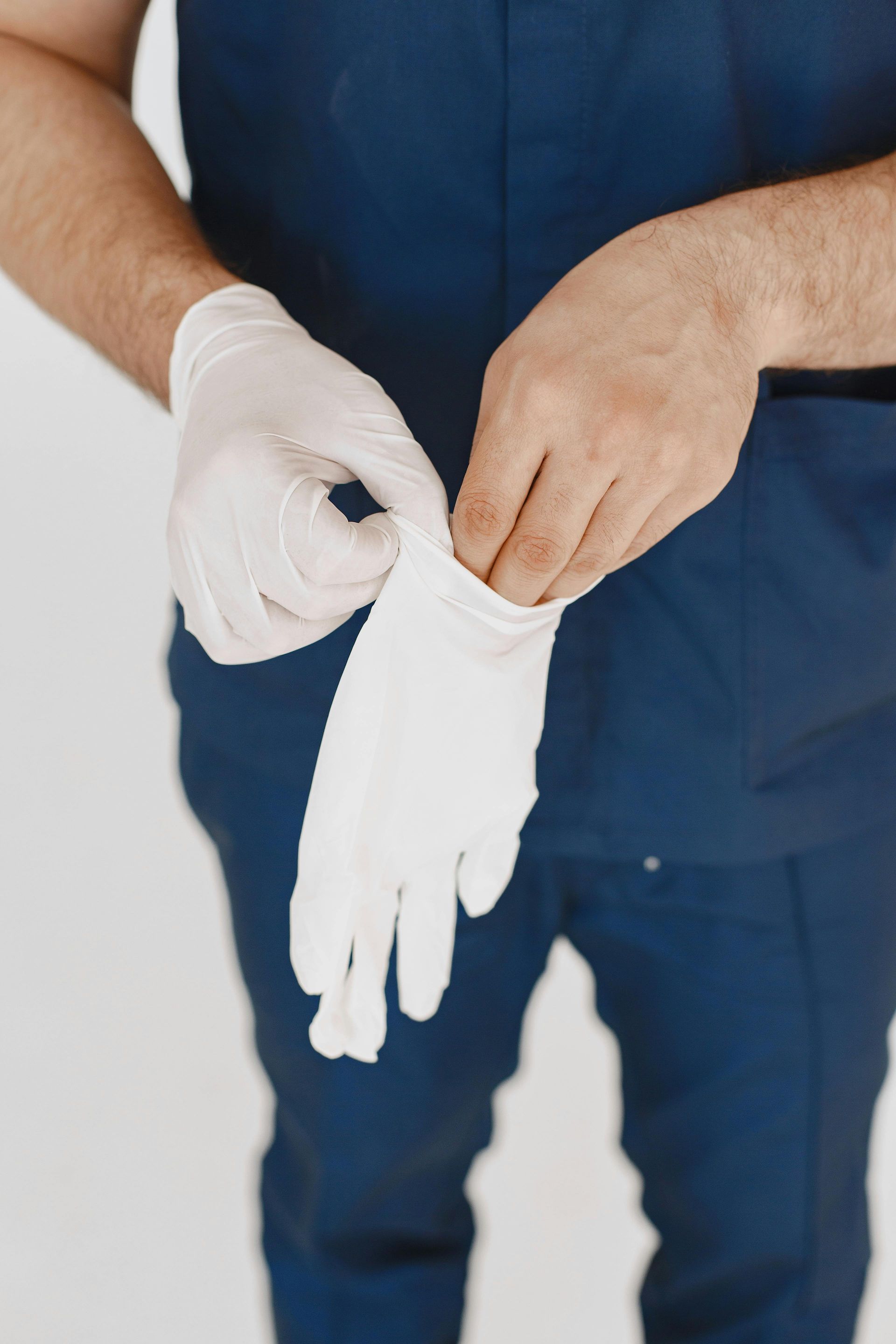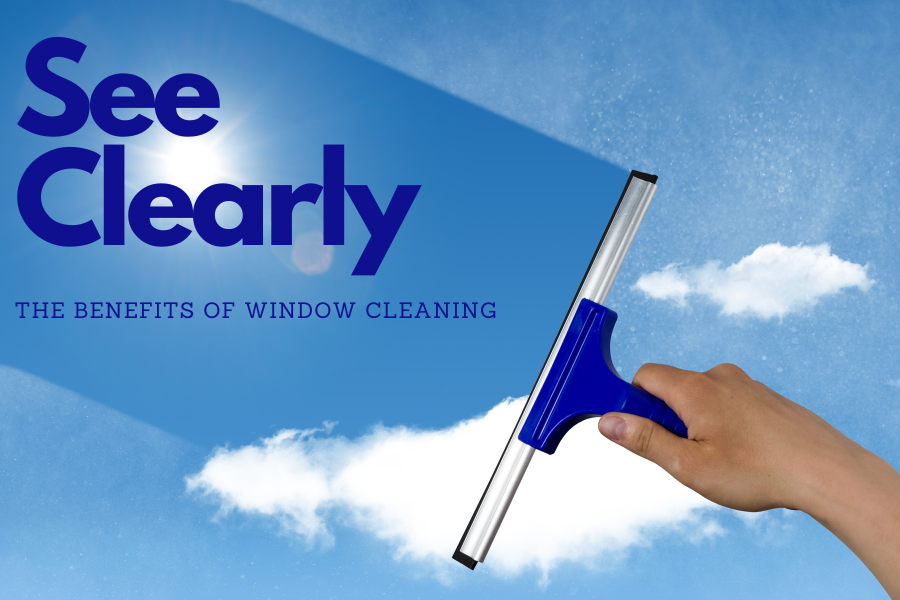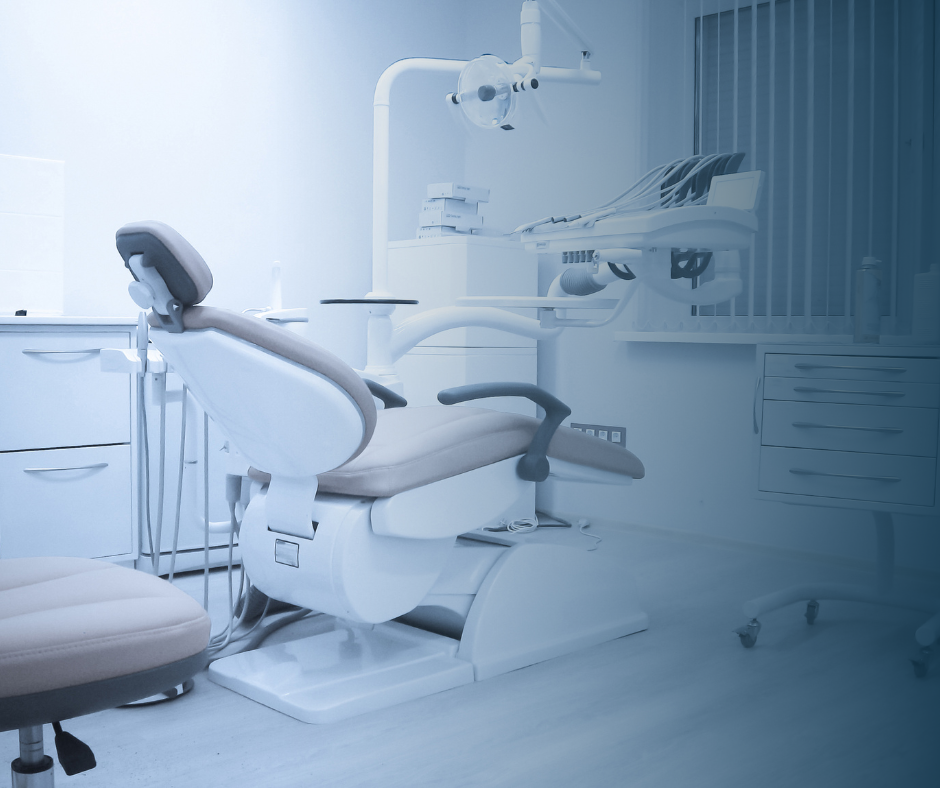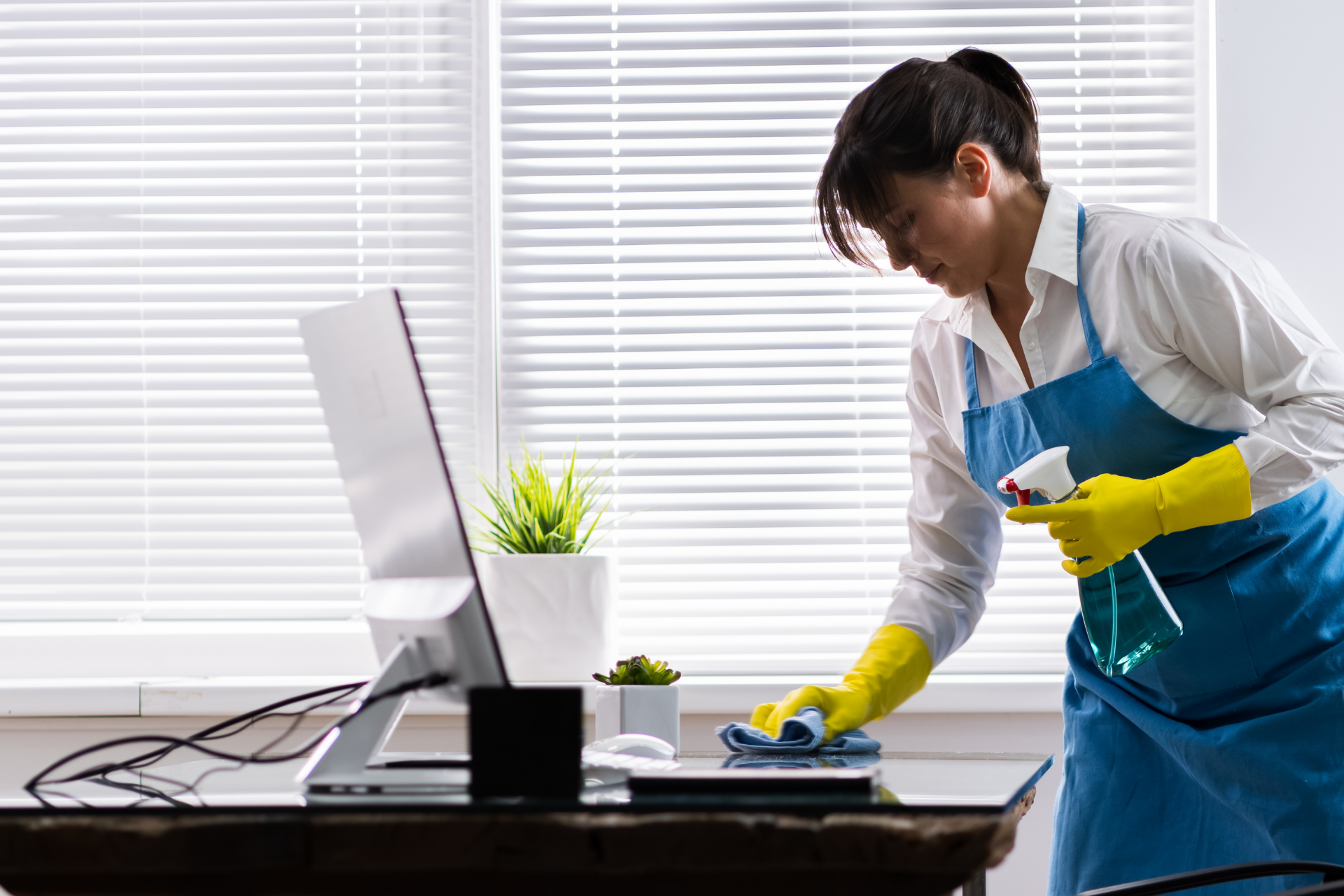BLEACH: THE GOOD AND THE BAD
The notion of bleaching has been around since the Egyptians of 5000 B.C. Though, at that point in time, all they could really do was whiten their clothing and linen by washing, and leaving them out in the sun. Throughout history, sometimes the bleaching process would take hours, sometimes even stretching into weeks. Following the next few centuries, it went from using pure sunlight, to soaking the items in a wood ash and water solution before leaving them in the sun to bleach. Sour milk was added to the wood ash water solution at one time to lessen the harsh effects of bleaching on the desired materials. Even farther in the future, the discovery of various other chemicals, such as chlorine, eventually replaced the less efficient ingredients in known bleaching solutions, or helped speed up the bleaching process. (1)
Finally, in 1913, sodium hypochlorite bleach was being produced in bulk to laundry and water companies through a process developed an entire century earlier. As it was the 20th century, when electricity started getting cheaper and therefore making production cheaper, bleach was eventually offered to the common, everyday people. (1) This was fortunate as bleach was apparently a huge help during WWII. Bleach was heavily used during the war by the US as it was able to, “disinfect wounds, neutralize enemy gases and purify water,” making it so coveted, that it ended up being rationed to the American people. (2)
As the bleaching process went from completely natural, to mostly chemical, bleaching gained the capacity to disinfect as well as remove stains, not just whiten clothes and linen. But the big question remains: is today’s bleach safe? Strangely (not really), I was unable to find any resources that claimed bleach to be completely safe. On the other hand, there were plenty to choose from when looking for reasons why bleach is dangerous. The most neutral resource I found admitted that while bleach can be hazardous, if the proper safety precautions and directions on the labels are followed, bleach is fairly safe to use.
Properly diluted bleach should be used lightly in cleaning (with gloves) as it is a disinfectant, not a cleaner. That is to say, it will kill germs, but it cannot remove dirt; dirt actually lowers the effectiveness of bleach. That explains why you still need to add laundry soap to the washer even when you are using bleach. Speaking of laundry, if you avoid certain materials such as, “spandex, wool, silk, mohair or leather,” read the labels on your clothes, and do a test spot on a concealed part of your clothing, you can determine which of your clothes are safe to bleach in the wash. (3)
Besides laundry and removing stains, bleach is good a few other things. Adding a bit of bleach to the water in the vase somehow preserves your cut flowers longer, as well as keeping anything nasty from growing in the stagnant water. Allowing a bleach mixture to sit a bit before scrubbing away at tile grout can help get it looking new again. A diluted solution of bleach is helpful in the removal of mold or mildew from places such as the bathtub or your window panes. Using bleach to clean toilets is self-explanatory, and cleaning plastic toys for children by soaking them in bleach water is safe if you make sure they are completely dry before returning them to their proper place. There are more things you can sanitize bleach with but I felt these inclusions were a good mix of obviously, maybe I’ll try that, and interesting. (4)
On the other hand, you should never use bleach to clean: wooden surfaces, metal, stone, or food items. Wood and stone are really porous and so the bleach has trouble not only getting into these materials, but also back out to properly and safely sanitize. Even though it is tempting, I’m afraid that means you should not be using bleach on your (raw) meat cutting boards. As for metals, most bleach-based cleaners are not designed to clean them as most bleach ingredients act as oxidants that can oxidize and corrode metal surfaces. You should also never mix bleach with other chemicals, purposely or accidentally (such as when the other chemical may still be lingering on the surface you plan to use the bleach). As we discussed briefly in a previous article , it will cause the formation of a toxic gas that is very hazardous to your health. And while the food processing industry uses bleach to clean the produce it handles, average citizens are rarely able to get bleach diluted to a level safe enough to use themselves on a daily basis. (5)
Some more concerns people have with bleach are how it affects children and pets (not to mention yourself). After letting things washed with bleach dry completely, they can still give off fumes that are a risk for both you and your children’s lungs. Studies have shown that homes that use bleach products have kids that are more likely to be afflicted with respiratory illnesses and have higher instances of asthma and allergies. As for your pets, while they will avoid actual bleach, they have a bigger risk of accidentally ingesting some residual bleach off their fur after laying or walking on surfaces you have cleaned with it. The worst-case scenario for bleach poisoning is death. Just using bleach in general is a great risk to your health. It can irritate your eyes, nose, lungs and skin in various degrees. If you survive using bleach, you are poisoning the environment. When bleach eventually ends up in the water supply, it combines with any other chemicals that may be there, causing any number of toxins to form. Without any resistance, the toxins are able to weaken and or destroy any wildlife it reaches. Many bird and fish species have lost numbers due to this issue. (6)
To combat these health issue concerns, I would recommend making sure to wear protective gear such as gloves and googles while handling bleach and to ventilate extremely well after you are done cleaning. Maybe even try to wash away any excess bleach, or try to eliminate some of the fumes by washing the items/surfaces with soap and water again. One could even try to leave the bleached items outside a bit to air out; or even get themselves outside more often to clear their lungs (I saw an ad recently that stated that at times, our homes can have very poor air quality). As for the environment damage, there is not much to do except try to use less bleach or don’t use any at all. As a matter of fact, here are some safer and effective alternatives to bleach: baking soda and vinegar, lemon juice, cola, newspaper, and tea tree oil. (7)
So, in conclusion, I guess bleach is as safe as you deem it to be. Sure, it has its vices, but what doesn’t?
Stay Sparklin’
Gwen
